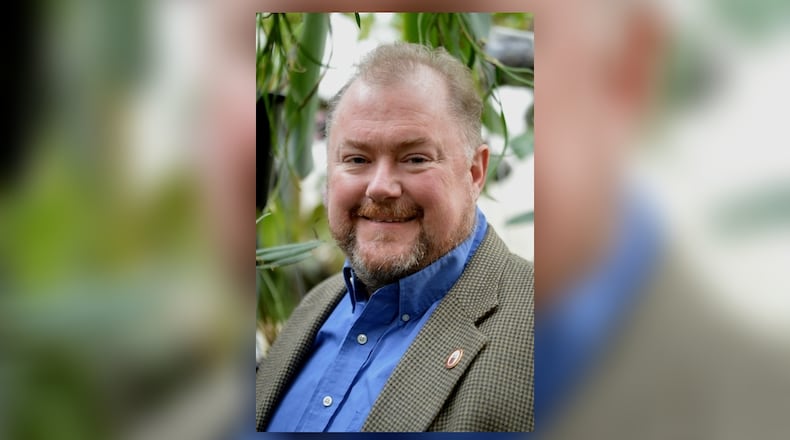A great analogy is an airplane. An airplane has many parts, some more critical than others, but each plays a role in ensuring that the plane can take off, fly and land safely. If a few basic rivets are lost, likely the plane will still reach its destination. However, lose too many rivets and a catastrophic failure can happen. This is exactly how an ecosystem functions. Lose a minor part here and there and maybe the system still functions, but lose too many — or a critical part — and the entire system can fail.
In school, we learned about the water cycle. Here in the Miami Valley, the water cycle includes water soaking into the ground and feeding the world’s largest accessible freshwater aquifer called the Buried Valley Aquifer. This massive underground body of water provides us with our drinking water and supports our economy by providing the water supply that businesses need. Ephemeral streams are a critical part of the recharge of the aquifer. These streams are dry most of the time except after a rainfall. In healthy landscapes, ephemeral streams collect the first water runoff in a manner that regulates how fast water enters creeks and rivers, prevents erosion and gives the water another significant chance to be absorbed by the soil in the dry stream channel. These ephemeral streams eventually become creeks, then rivers and, in our case, the Gulf of Mexico. The larger the body of water, the less soil surface comes in contact with the water and less can soak into the ground to refill the aquifer. The health of our only water source relies on making sure that enough clean water does not run off but can get back into the aquifer so that we can ensure future generations have this critical resource to make the Miami Valley thrive.
As we develop natural areas and farm fields with rooftops, driveways, parking lots and roads, we put the water that normally comes in contact with the soil or ephemeral streams into pipes and then directly into creeks or rivers, greatly reducing the opportunity for rain to complete the water cycle. When more areas are covered with impenetrable surfaces that don’t allow water to come into contact with soil, the results include flooding and the destruction of our streams, which were never intended to handle these frequent and longer peak flows produced by engineered stormwater systems.
A healthy ecosystem such as a prairie or woodlot can absorb nearly 80 percent of all rainfall in a year. Once development happens, this reverses, where nearly 80 percent or more runs off. Development is possible that mimics the natural environment by getting water back in touch with the soil using techniques such as green roofs, permeable pavements and rain gardens that help keep the water cycle intact. Until we as society place a high enough value on the water resources we need to survive and the ecosystem that ensures a sustainable future for that water, we must regulate critical parts of the ecosystem — including ephemeral streams — and impose a significant cost to offset destroying these critical “rivets.”
Development is needed and acceptable, but it is also critical to do so in a manner that protects natural systems at the same time. We need to continue to protect ephemeral streams and the role they provide in recharging our water supply until outdated methods used to develop land changes and respects natural processes.
Ask yourself this: If Mother Nature created ephemeral streams, isn’t there a reason why?
Eric Sauer is a registered landscape architect.
About the Author
